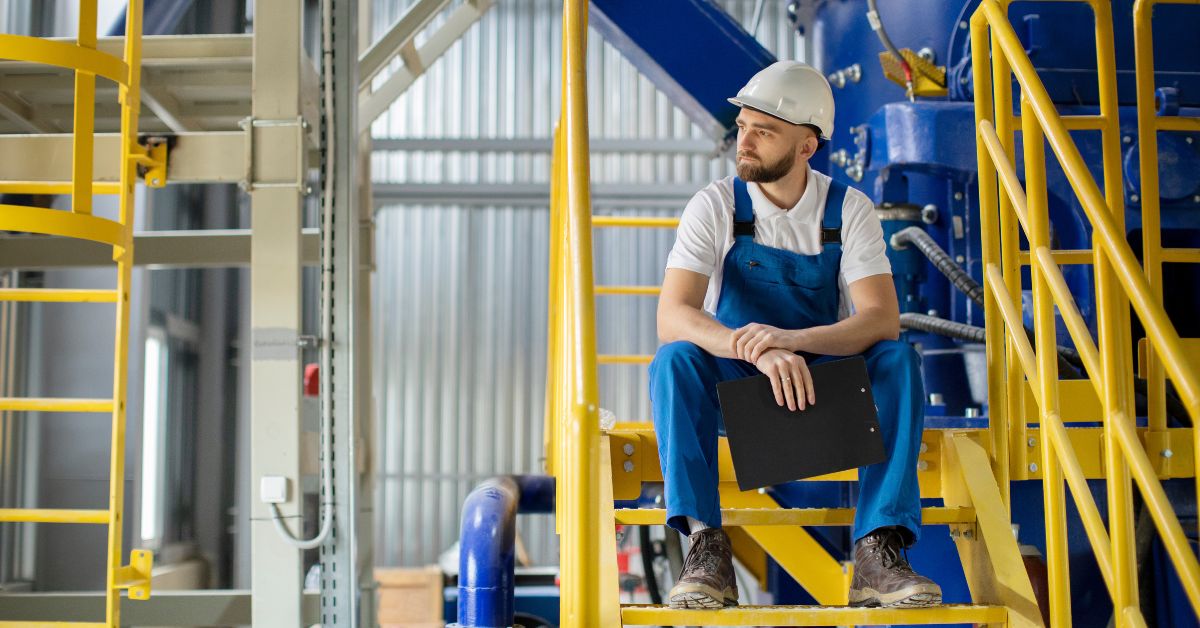Reliable Air Solutions for Industrial Applications
Industrial operations depend on consistent, high-quality compressed air and gas systems to maintain productivity and safety standards. From manufacturing plants to food processing facilities, the right air solutions can make the difference between seamless operations and costly downtime.
Modern industrial facilities face increasing pressure to optimize their air systems while reducing energy costs and environmental impact. Whether you’re running pneumatic equipment, operating spray painting booths, or requiring specialized gas applications, understanding your options for reliable air solutions is essential for long-term success.
This guide explores the key components of effective industrial air systems and helps you identify the best solutions for your specific operational needs.
Understanding Industrial Air System Requirements
Every industrial application has unique air quality and volume requirements. Manufacturing processes often demand clean, dry compressed air to prevent contamination and equipment damage. Food and beverage industries require oil-free air systems to meet strict safety regulations, while pharmaceutical facilities need ultra-pure air for sensitive production environments.
System reliability becomes critical when production schedules are tight and equipment downtime translates directly to lost revenue. The most effective air solutions combine robust equipment with preventive maintenance programs to ensure consistent performance.
Energy efficiency also plays a crucial role in system selection. Modern industrial air systems can account for up to 30% of a facility’s total energy consumption, making energy-efficient solutions a priority for cost-conscious operations.
Essential Components of Industrial Air Systems
Compressors and Air Generation
Industrial compressors form the backbone of most air systems. Rotary screw compressors offer excellent reliability for continuous operations, while reciprocating compressors work well for intermittent use applications. Variable speed drive technology allows systems to match air production with demand, reducing energy waste during low-usage periods.
Air Treatment Solutions
Raw compressed air contains moisture, oil, and particulates that can damage equipment and contaminate products. Effective air treatment typically includes refrigerated or desiccant dryers to remove moisture, filters to eliminate contaminants, and separators to extract oil residues.
Specialized Gas Generation
Some applications require specific gases beyond standard compressed air. A nitrogen generator system in Allentown PA, for example, might serve local manufacturing facilities that need consistent nitrogen supplies for packaging, welding, or chemical processes. On-site gas generation often proves more cost-effective than delivered gas cylinders for high-volume users.
Distribution and Storage
Properly designed distribution systems ensure adequate air pressure and flow throughout your facility. Storage tanks help smooth out demand fluctuations and provide backup capacity during peak usage periods. Strategic placement of air outlets minimizes pressure drops and reduces the need for oversized compressors.
Selecting the Right Air Solution Provider
Technical Expertise and Experience
Choose providers with deep knowledge of industrial applications similar to yours. They should understand your specific air quality requirements, production schedules, and regulatory compliance needs. Experienced providers can recommend system configurations that optimize both performance and energy efficiency.
Service and Support Capabilities
Reliable service support prevents minor issues from becoming major problems. Look for providers offering preventive maintenance programs, emergency repair services, and readily available replacement parts. Local service teams familiar with your equipment can respond quickly when issues arise.
Energy Efficiency Focus
Modern air systems offer significant energy savings through advanced controls, efficient compressors, and smart monitoring systems. Providers should conduct energy audits to identify optimization opportunities and recommend solutions that reduce operating costs over time.
Maintenance Best Practices for Long-Term Reliability
Regular maintenance keeps industrial air systems operating at peak efficiency. Daily visual inspections help identify potential problems early, while weekly checks of pressure levels, temperature readings, and condensate drainage prevent minor issues from escalating.
Monthly maintenance should include filter replacements, oil level checks, and belt tension adjustments. Quarterly inspections focus on more detailed component evaluations, including valve operations, safety system testing, and performance monitoring.
Annual maintenance typically involves comprehensive system overhauls, including compressor rebuilds, major component replacements, and system performance optimization. Professional maintenance teams can identify wear patterns and recommend upgrades before equipment failures occur.
Technology Innovations Improving Industrial Air Systems
Smart monitoring systems now provide real-time data on system performance, energy consumption, and maintenance needs. These systems can predict equipment failures before they happen, schedule maintenance during planned downtime, and optimize system operations automatically.
Variable frequency drives allow compressors to adjust their output based on actual demand, significantly reducing energy consumption during low-usage periods. Heat recovery systems capture waste heat from compressors for facility heating or other applications.
Advanced filtration technologies provide better contaminant removal with lower pressure drops, improving both air quality and system efficiency. Some systems now incorporate IoT connectivity for remote monitoring and diagnostic capabilities.
Building Your Industrial Air Strategy
Reliable air solutions require careful planning that considers both current needs and future expansion possibilities. Start by conducting a thorough assessment of your air quality requirements, usage patterns, and existing system performance.
Work with experienced providers who understand your industry’s specific challenges and regulatory requirements. They can design systems that meet your immediate needs while providing flexibility for future growth or process changes.
Remember that the lowest initial cost rarely represents the best long-term value. Focus on total cost of ownership, including energy consumption, maintenance requirements, and system reliability when evaluating your options.







